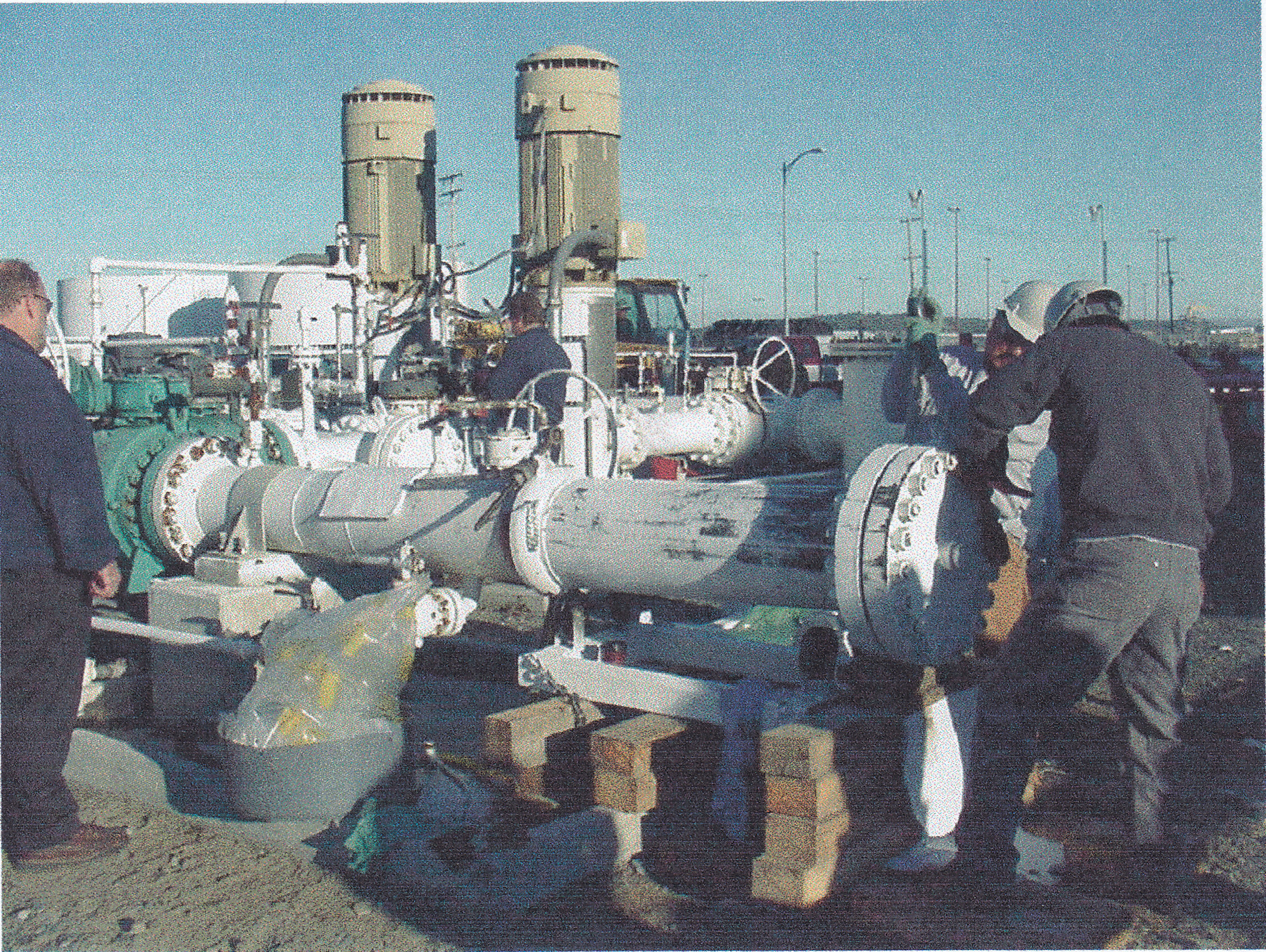September 2016, Vol. 243, No. 9
TechNotes
Trap Extensions Designed to Make Life Easier for Operators

There are two ways to design pig traps: the first is for cleaning or batching pigs, the second is for smart pigs. Cleaning pigs are short – about a diameter-and-a-half long, requiring a short pig trap barrel for easy loading and removal. Smart pigs are long, up to 10 diameters, requiring long pig trap barrels and specialized equipment for loading and removal. Smart pigs are run at five year intervals.
Depending on pipeline operations, cleaning pigs or batching pigs can run daily. Running cleaning pigs in a pipeline equipped with smart pig traps becomes cumbersome because on a long launcher trap, the pig has to be pushed mechanically all the way to the reducer, and on large-diameter pipelines, the use of powered equipment is required. On the receiving end, the pig usually stops at the reducer and a long pole is needed to hook the nose of the pig to pull it out.
When cleaning pigs are run frequently, several methods can shorten the trap. In order to make life easy on the pipeline operators, one such method is to put a set of flanges on the barrel upstream of the closure. When a smart pig is scheduled to run, the pipeline crew will break the flange and remove the closure. A spool piece is installed between the barrel and the closure which provides the required barrel length to run the smart pig. After the smart pig run the spool piece is removed and normal pigging can begin.
Another method was developed by BKW using an extension on the closure door. As an example, a 12-inch pig trap receiver on a jet fuel line had to be pigged on a weekly basis. This pipeline also has to be smart-pigged every five years. In this case, pig traps were designed with short trap barrels for easy operation.
When the smart pig run was made, the traps were modified using an extension. The extension consisted of a 14-inch threaded closure door with a hole cut out for a 14-inch pipe pup to be welded in place. The 14-inch pipe has a 14-inch flange welded to the other end and a blind attached.
To install the extension, a roller skid was fabricated to lift it into place and allow the extension to roll, thus screwing the extension in to place. The roller skid was supported using a lifting yoke and chains.
The procedure for running the smart pig starts with installing the extensions at both ends and begins by draining the pig trap barrel. After draining, the closure door is opened and the extension is lifted in place using a crane attached to the lifting yoke and roller cradle.
The extension is screwed on the trap barrel is filled with jet fuel and pressured for leaks. After testing, the trap barrel and the extension are drained using the existing system. The blind flange is removed from the extension and the smart pig is loaded and made ready for a run. The blind is installed and the barrel filled with jet fuel. The pig is run and the same procedure is used to remove the smart pig.
Following the run, the trap barrels are drained, the extensions unscrewed from the barrel, and the extensions and lifting equipment stored for the next run in five years. This technique has been used several times since it was developed and its success verified.





Comments